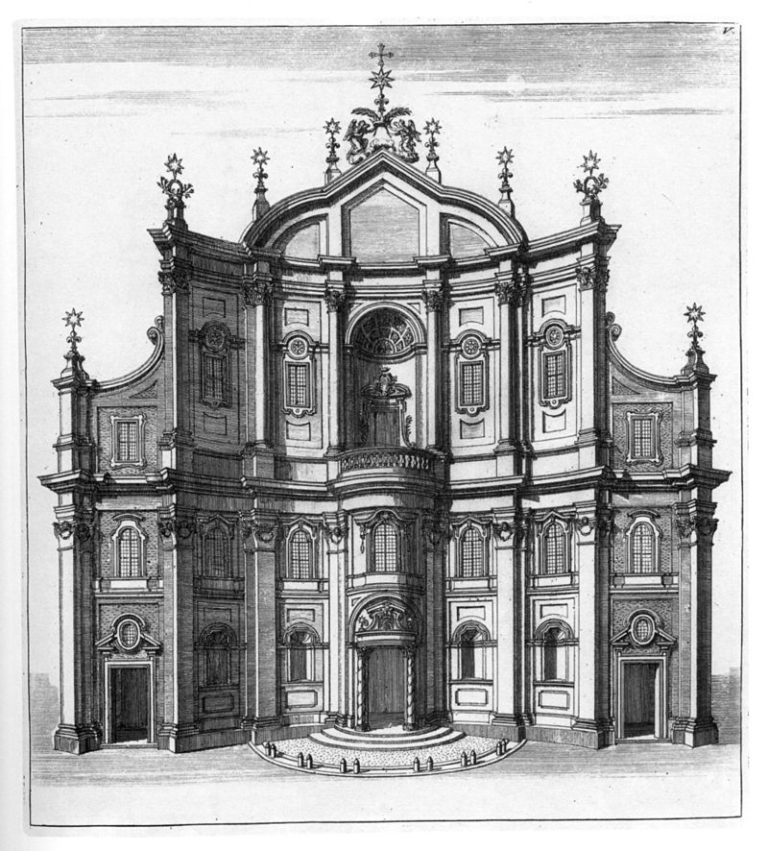1600 - mid-18th century
Baroque architecture

description
Italian barocco – bizarre, strange, presumably came from the Portuguese barroco – an irregularly shaped pearl, or from the Latin baroco – a mnemonic designation of one of the modes of the syllogism.
At first, the term was offensive, implying absurdity. Only in 1888 did it begin to be used as a designation of a stylistic movement.
Baroque is an art movement of the late sixteenth – mid-eighteenth centuries in the architecture and fine arts of Europe and Latin America. Baroque reflected the aesthetics of the dramatic relationship between man and the world. The style originated in Italy (in Rome, Mantua, Venice, Florence). Closely related to Mannerism, Rococo and Classicism. Baroque borrows excessive emotionality and dynamism from Mannerism. In each country, it is fueled by local traditions and trends.
Key features:
– Baroque architecture is counter-reformation and absolutism;
– artistic and technical eclecticism. Baroque is made up of various artistic styles of historicism. At the same time, it covered all types of art – architecture, sculpture, painting, graphics, arts and crafts, music, theater;
– synthesis of arts. This concept lies in the abundant sculptural and pictorial decorations of the buildings. Baroque is characterized by perspective painting of ceilings; the sculpture “crawled out” of the niches and confidently walks along the facades;
– Baroque architecture intends to delight with its idleness and decorative forms. Baroque ornamentation consists of shells, garlands, arabesques, flower vases, musical instruments and other symbolic and allegorical elements. Mascarons in the form of human faces, lion heads, goddesses, angels, children. Doorways were decorated with arches with columns or caryatids. The interior consisted of a large number of mirrors and expensive furniture, for example, made of ebony.
– the complexity and violation of the proportions of forms, the uneven arrangement of columns, the ancient order system acquires a ragged rhythm;
– oval plan. It was invented by the Italians in the 16th century and is a characteristic feature of Baroque architecture;
– krepovki – this is a protrusion of the entablature above the attached column (and the column itself), semi-column or pilaster, while on the sides of it the entablature is flatter. Baroque loves multi-stage crepes;
– the architect uses lighting effects to achieve a visual increase in the size of the building;
– a baroque building is always part of an ensemble with the surrounding space, and is in an aesthetic alliance with fountains, sculptures, roads and alleys leading to the building, parks and lawns;
– building materials: marble, gypsum, bronze, gold, crystal, wood.
Key architects: Giovanni Lorenzo Bernini, Fischer von Erlach, Domenico Fontana, Carlo Maderna, Francesco Borromini, Filippo Juvarra, Pietro da Cortona, Guarino Guarini, Carlo Rainaldi, Balthazar Neumann.
Key buildings:
Sant’Ignazio. 1650. Rome, Italy. Orazio Grassi.
Luxembourg Palace. 1631. Paris, France. Salomon Debros.
Karlskirche. 1737. Vienna, Austria. Fischer von Erlach.
